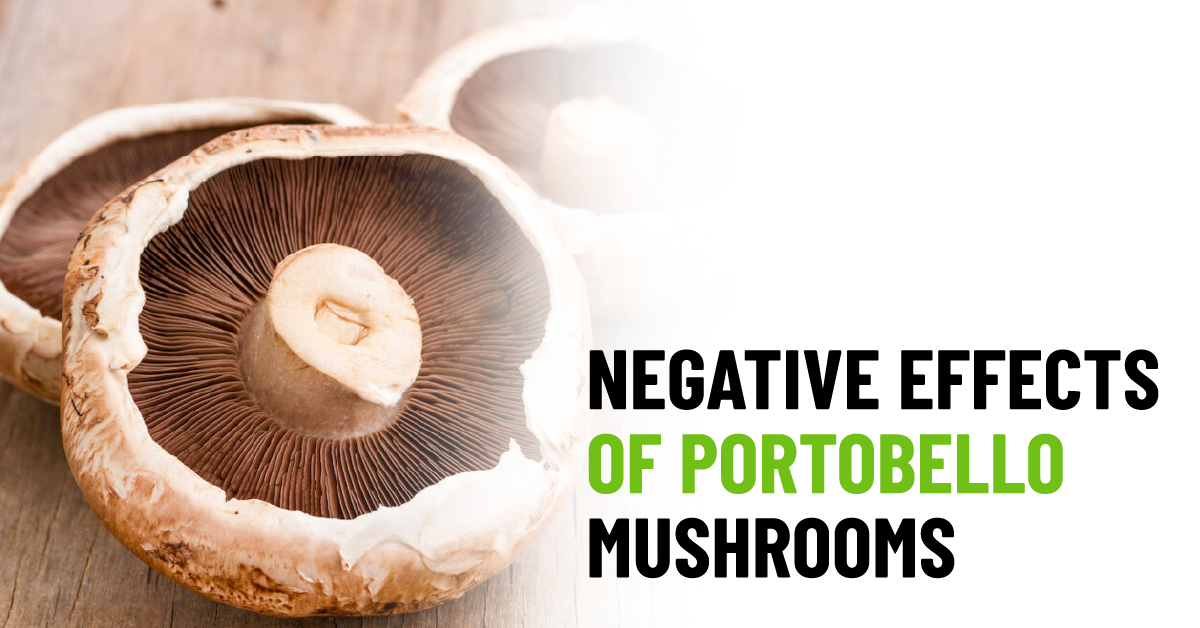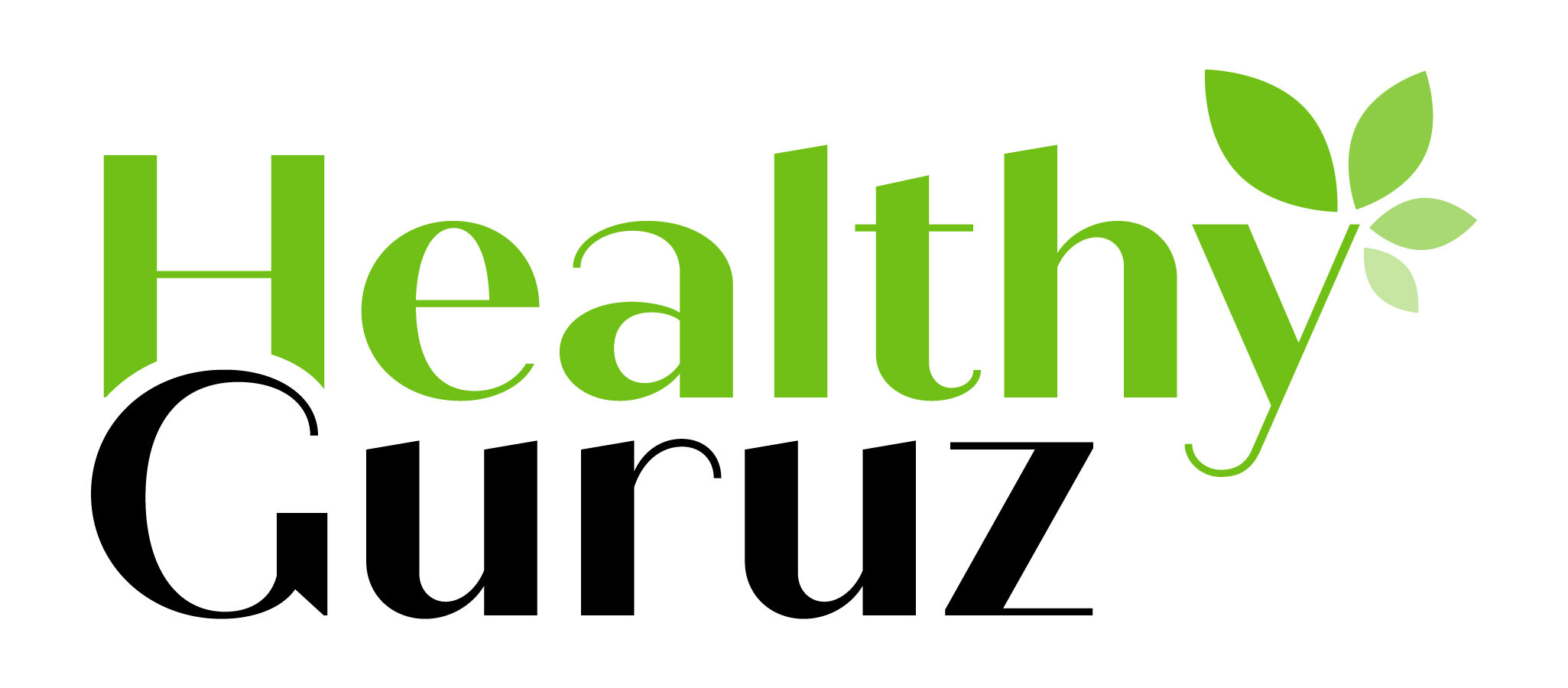14 Negative Effects of Portobello Mushrooms (Must Know)

Also available in
When we cook or eat, we often find new foods that taste great and make our meals exciting. One such food is the portobello mushroom. Portobello mushrooms are big, tasty, and can be cooked in lots of ways. But did you know it can have some not-so-good effects on our bodies?
This guide is here to talk about the negative effects of portobello mushrooms. It is important to know about these effects so that when we enjoy these mushrooms, we can be careful and stay healthy.
Let’s explore this guide and discover what we need to know about the side effects of portobello mushrooms.
Negative Effects of Portobello Mushrooms
Potential Allergic Reactions
Portobello mushrooms are a flavorful addition to meals but trigger allergic responses in susceptible individuals. Allergies to these mushrooms occur due to the immune system reacting to specific proteins within them.
Symptoms range from mild to severe, including skin irritations like itching, rashes, or digestive discomfort such as stomach cramps or diarrhea. In severe cases, allergic reactions might escalate to breathing difficulties, swelling of the face or throat, and even anaphylaxis, a severe and life-threatening condition.
Cross-reactivity is possible for individuals allergic to other mushroom varieties, necessitating caution when consuming portobellos.
Read More: Elderberry Benefits for Skin
Digestive Issues from Portobello Mushrooms
Portobello mushrooms contain a substantial amount of dietary fiber, which is typically beneficial for digestive health. However, for individuals with sensitive stomachs or digestive issues, this high fiber content might lead to discomfort.
Overconsumption can result in digestive upset, including bloating, gas, or stomach cramps. Moderation in intake can help mitigate these digestive issues.
Read More: Best Time to Eat Sauerkraut for Gut Health
Impact on Blood Pressure
Rich in potassium, portobello mushrooms can influence blood pressure levels, especially when consumed in excessive amounts.
Potassium plays a role in regulating blood pressure. Excessive intake might affect those managing hypertension or related conditions. It is advisable for individuals with such conditions to monitor their mushroom consumption.
Toxic Effects of Portobello Mushrooms
Improper storage or handling of portobello mushrooms can lead to bacterial growth, potentially causing food poisoning upon consumption.
These mushrooms are perishable and should be stored properly, preferably in the refrigerator, to maintain freshness and prevent contamination. Thoroughly cooking them also reduces the risk of potential toxic effects.
Negating Nutritional Benefits
While portobello mushrooms are a good source of nutrients like selenium and B vitamins, consuming them excessively might counterbalance these benefits.
Overindulgence could lead to unforeseen health issues, impacting the potential positive effects of these nutrients. Moderation in consumption is key to reaping their nutritional benefits without adverse effects.
Interference with Medication
Certain compounds in portobello mushrooms might interact with specific medications, affecting their efficacy or causing adverse reactions.
Individuals on medication regimes should consult with a healthcare professional about potential interactions before incorporating portobellos into their diet regularly.
Potential for Fungal Infections
Improper storage or contaminated portobello mushrooms might harbor fungal growth, posing health risks upon consumption.
It is essential to purchase fresh mushrooms, store them properly, and inspect for any signs of spoilage or contamination to minimize the risk of fungal infections.
Impact on Cholesterol Levels
Despite their low-calorie and low-fat nature, the high purine content in portobello mushrooms might influence cholesterol levels if consumed excessively.
Purines are substances that, when broken down, form uric acid, which can affect cholesterol. Individuals concerned about cholesterol should moderate their intake accordingly.
Read More: Best Way to Make Low Cholesterol Meals
Effects of Portobello Mushrooms on Weight
While portobello mushrooms are generally low in calories, excessive consumption without considering overall dietary intake might contribute to weight gain.
Read More: 7-Day Protein Diet Plan for Weight Loss
Allergic Cross-Reactivity
Individuals allergic to other mushroom varieties might experience cross-reactivity with portobello mushrooms. This means their immune system might react similarly to portobellos as it does to other mushrooms, leading to allergic symptoms.
Understanding this possibility is crucial for those with known mushroom allergies.
Adverse Effects During Pregnancy
Pregnant individuals should exercise caution with portobello mushroom consumption due to potential contamination risks and possible adverse reactions during pregnancy.
Contamination of mushrooms can occur during handling, leading to foodborne illnesses that may pose risks during pregnancy.
Consulting healthcare providers for guidance on safe mushroom consumption is advisable.
Potential Kidney Strain
The high potassium content in portobello mushrooms might strain the kidneys if consumed excessively, particularly for individuals with existing kidney conditions.
Potassium plays a role in maintaining healthy kidneys, but excessive intake can burden them, especially for those with compromised kidney function.
Monitoring intake becomes important for individuals with kidney-related health concerns.
Read More: 7-Day Meal Plan for Chronic Kidney Disease
Impact on Blood Sugar Levels
Despite being low in carbohydrates, the glycemic index of portobello mushrooms might influence blood sugar levels. How quickly food increases blood sugar is measured by the glycemic index.
While portobellos have a low glycemic index, individuals managing diabetes should moderate their intake to prevent potential spikes in blood sugar levels.
Rare Side Effects of Eating Portobello Mushrooms
In isolated instances, individuals may experience uncommon side effects from consuming portobello mushrooms. These side effects can vary widely and might include symptoms like headaches, digestive discomfort, or skin reactions.
While rare, these side effects emphasize the need for vigilance and moderation in consumption to minimize any potential adverse reactions.
Portobello mushroom safety guidelines
Here are some safety guidelines for handling and consuming portobello mushrooms:
Purchase and Storage
- Select Fresh Mushrooms: Choose firm and plump portobello mushrooms with an even color and a smooth surface. Avoid ones with bruising, dampness, or signs of spoilage.
- Refrigerate Properly: Store unwashed portobello mushrooms in a paper bag or a porous container in the refrigerator. Avoid plastic bags as they can promote moisture and spoilage.
- Separate from Strong smells: Store portobellos away from strong-smelling foods as they easily absorb the smell.
Preparation and Cooking
- Wash Carefully: Rinse portobello mushrooms briefly under cold water and gently pat them dry with a paper towel. Avoid soaking them, as they can absorb excess water, affecting their texture.
- Remove Stems and Clean Gills: Remove the stems and scrape the gills (if desired) before cooking. This helps prevent excessive moisture in dishes.
- Cook Thoroughly: Ensure portobello mushrooms are cooked thoroughly to eliminate any potential bacteria or fungi. Avoid consuming raw mushrooms.
Consumption Guidelines
- Moderation is Key: Enjoy portobello mushrooms in moderation, especially if you have any underlying health conditions or concerns regarding allergies.
- Monitor Reactions: Be vigilant about any allergic reactions or adverse effects after consuming portobello mushrooms. Seek medical advice if you experience any unusual symptoms.
- Consult with Professionals: Pregnant individuals, individuals with existing health conditions, or those on specific medications should consult healthcare providers before consuming portobellos regularly.
Overall Caution
- Avoid Wild Mushroom Picking: Unless you are an expert in identifying edible mushrooms, avoid picking wild mushrooms, including portobellos. Mistaken identification can lead to serious illness or poisoning.
- When in Doubt, Discard: If portobello mushrooms appear discolored, slimy, or have an off smell, discard them. It is better to err on the side of caution than risk foodborne illness.
Conclusion
Portobello mushrooms renowned for their flavor and versatility in food preparation bring a delightful twist to various dishes. However, understanding the negative effects of portobello mushrooms is paramount for a wholesome and safe culinary experience.
Portobello mushroom consumption should be handled carefully by people who are allergic to certain foods or who are taking care of particular medical issues.
In short, having the portobello mushrooms while following safety precautions for a delicious meal without sacrificing health.






